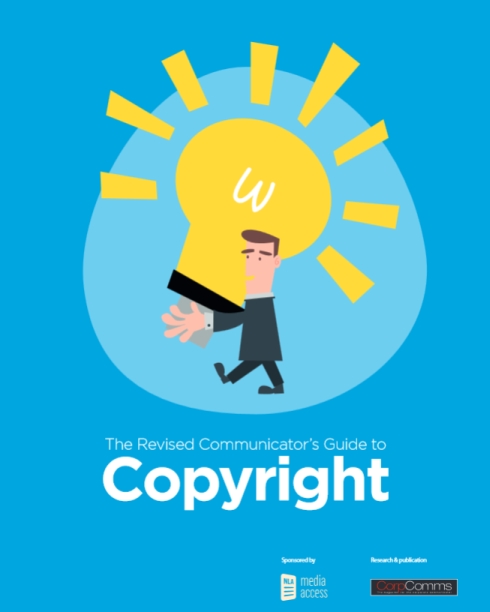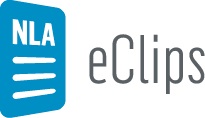NLA showcased our Article Impact Measurement (AIM) tool to an audience of PR professionals at a News UK hosted event last week. On the day, we demonstrated the insights available via AIM and also worked with our own retained agency, Blue Rubicon, to showcase its importance to the evaluation metrics of the PR industry.
Through our relationship with publishers, NLA is now able to provide media monitoring agencies and their PR clients with valuable and previously unavailable data from newspaper publishers. First launched in October last year, AIM uniquely captures the number of views of articles on ten national newspaper websites and the number of times an article is republished on third party websites. This new layer of data greatly improves the accuracy of measurement for the PR industry and can help solve once and for all that burning client question – “How many people have read this story?”
From the discussion, expertly chaired by Helen Dunne of CorpComms, it was clear that the PR industry is open to new measurement metrics and that AIM is an important step in the right direction. There was an almost universal view that the measure of advertising value equivalent (AVEs) has had its day, and a similar story emerged in the use of online Opportunities to See (OTS) measurements too. As Mark from Blue Rubicon pointed out, just 60 comments on the Guardian website means an OTS equal to the world’s population!
As the event closed there was a clear buzz in the room about the potential for AIM as an importance piece in the PR measurement jigsaw. Barry Leggetter, CEO of the International Association for Measurement and Evaluation of Communication (AMEC), the global trade body for communications measurement, was again supportive of the development of AIM and its ability to complement and enhance existing services.
The NLA team are now following up with all attendees and a number of other warm leads to ensure that AIM can deliver on its potential to greatly improve impact measurement for the PR industry.
If you are a business or PR agency interested in a trial of the AIM product, please contact Bob Johns on bjohns@nla.co.uk








